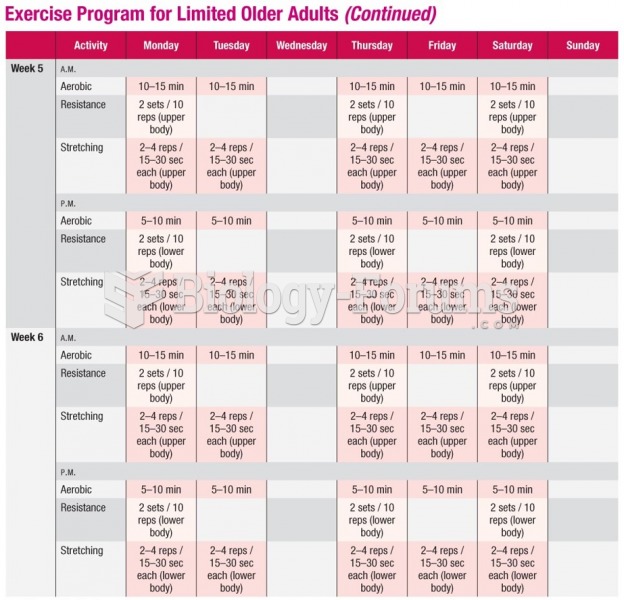Answer to Question 1
ANS: A, D, E
This program is a Medicaid and Medicare program that provides community services to people age 55 or older who would otherwise need a nursing home level of care. Participants must meet the criteria for nursing home admission, prefer to remain in the community, and be eligible for Medicare and Medicaid. The majority of PACE participants reside in the community; however, the program will pay for nursing home care. If the individual has Medicaid, he or she will not have to pay a monthly premium for the long-term care portion of the PACE benefit. If the indi-vidual does not qualify for Medicaid but has Medicare, there will be a monthly premium to cover the long-term care portion of the PACE benefit and a premium for Part D Medicare drugs. PACE provides a comprehensive continuum of primary care, acute care, home care, adult day health care, nursing home care, and specialty care by an interdisciplinary team. PACE is a capi-tated system in which the team is provided with a monthly sum to provide all care to the enrol-lees, including medications, eyeglasses, and transportation to care as well as urgent and preven-tive care.
Answer to Question 2
ANS: A, B, D
Subacute care is more intensive than traditional nursing home care and several times more costly. For subacute patients, the expectation is that the patient will be discharged home or to a less in-tensive setting, and the length of stay is usually 1 month or less. Subacute care is largely reim-bursed by Medicare. Patients in subacute units are usually younger and less likely to be cogni-tively impaired than those in traditional nursing home care. Both subacute and long term care are delivered in a nursing home setting.







